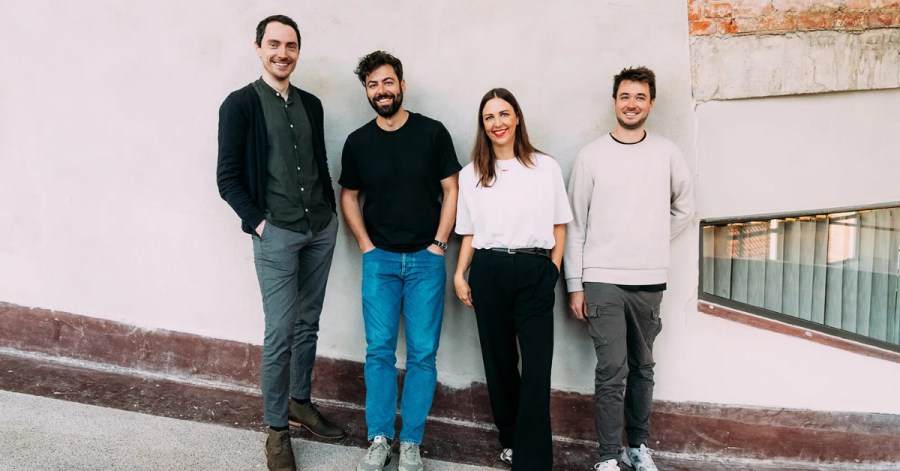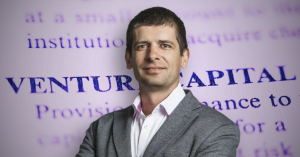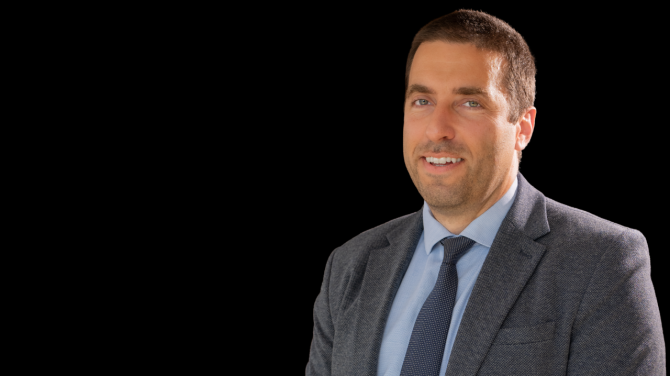Bootstrapped startups are often known for their persistence. One such example is Tally, a no-code form builder with a Bulgarian co-founder, Filip Minev, has reached a significant milestone: $2 million in annual recurring revenue (ARR). The company shared on their blog that they had done it with just five full-time employees and no external funding.
Back in 2020, at the beginning of their journey, Filip Minev and Marie Martens, who is also his life-partner, were working on Hotspot, a marketplace connecting influencers and hotel owners. As Martens shared on her LinkedIn page they had an MVP and first paying customers but after COVID hit, the irreversible happened — they lost all of them.
Fast forward to today, their next venture, Tally, has grown steadily, relying on organic marketing, a free product, and community-driven adoption.
Bootstrapping vs. VC money
Both in Europe and the US, bootstrapped startups have demonstrated the ability to achieve growth rates comparable to those of VC-backed companies, particularly in the SaaS sector.
Bootstrapped companies usually prioritize sustainable growth models from inception. According to Startup Genome’s 2025 Ecosystem Report, such companies are being more efficient with their capital, compared to VC backed startups, and more closely aligned with market needs, rather than focusing on investor expectations.
Some regions rely on it more than others. In Europe, particularly CEE, startups often bootstrap due to a smaller pool of available VC funding. Atomico’s State of European Tech 2021 report found that 31% of unicorns in the CEE region were bootstrapped — significantly higher than the 7% in Western Europe. Moreover, according to the latest Dealroom report, scaleups in CEE grow faster and reach $1 billion through bootstrapping more often than their European competitors.
In contrast, the US has one of the most active venture capital ecosystems. Despite this, many successful US startups have also grown without VC backing. Companies like Mailchimp, Basecamp, and Atlassian reached multi-billion-dollar valuations without raising outside capital.
From MVP to $2M ARR
Ghent-based Tally is a form-building platform founded in the summer of 2020 by Marie Martens and Filip Minev. The founders identified a gap in the market for a straightforward, cost-effective tool to create forms. As both makers and frequent users of forms, they were dissatisfied with existing form-building tools, which either imposed rigid formats or were hindered by numerous paywalls. In response, they set out to create a simple yet powerful form builder that empowers users to create any type of form without the burden of excessive costs.
Their first milestone happened back in March 2021, when they launched their MVP on Product Hunt, reaching $1K MRR. The company continued to scale and, by October 2021, they had gained 11,000 users.
The company reports that as of November 2024, Tally was scaling toward $2M ARR with $150K MRR, and by February 2025, they hit their latest milestone — $175K MRR.
Now, with a solid foundation in place, the company is shifting focus — investing in product improvements, conversion strategies, and new growth initiatives.
“Finding and hiring the right people slowed us down a bit, but our three-person engineering team is now in place and moving fast. We’ve doubled down on our core philosophy: ship an MVP of every feature as soon as possible. Iteration beats perfection, and getting features into the hands of users quickly helps us refine what truly matters,” shared the team.








